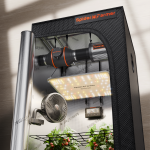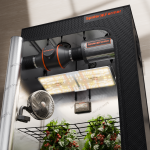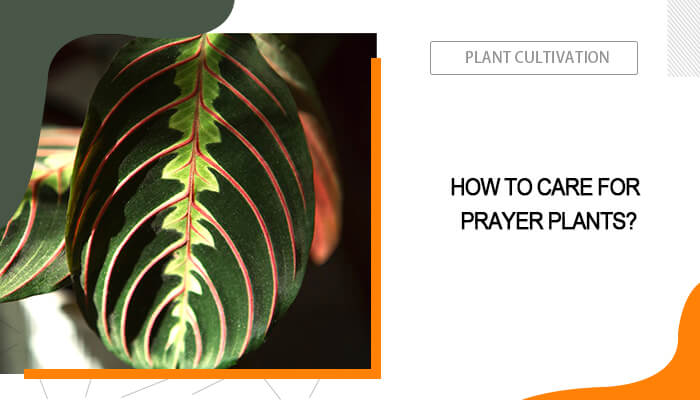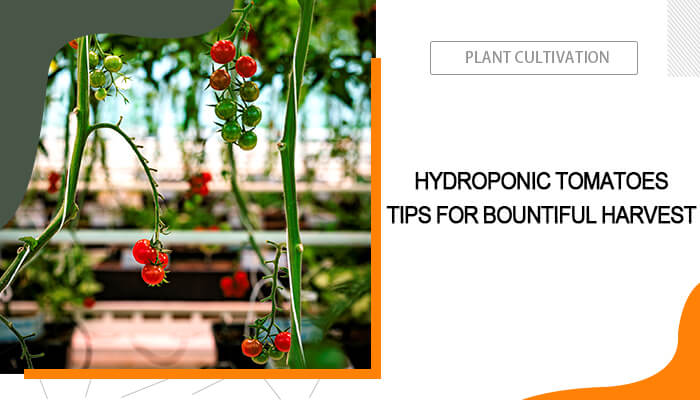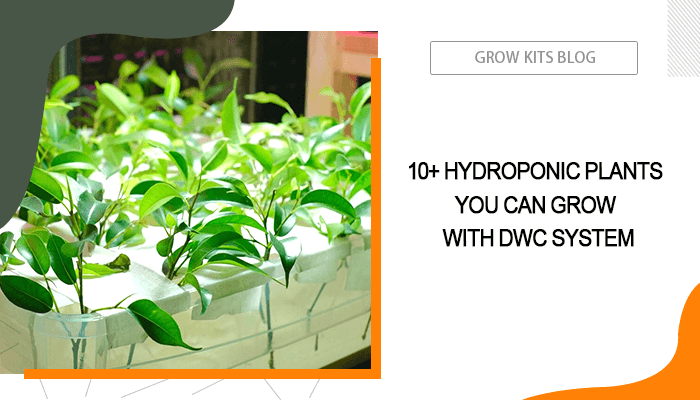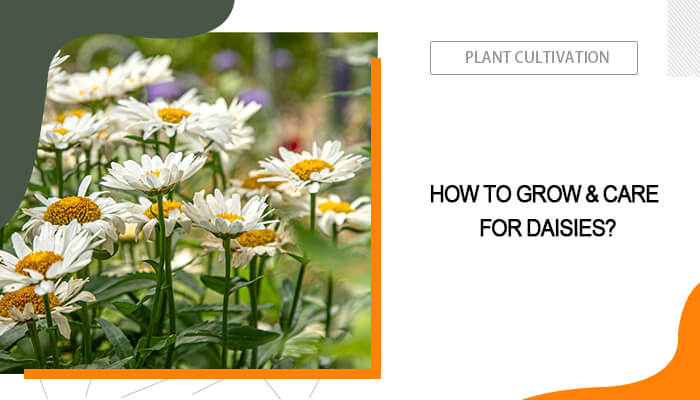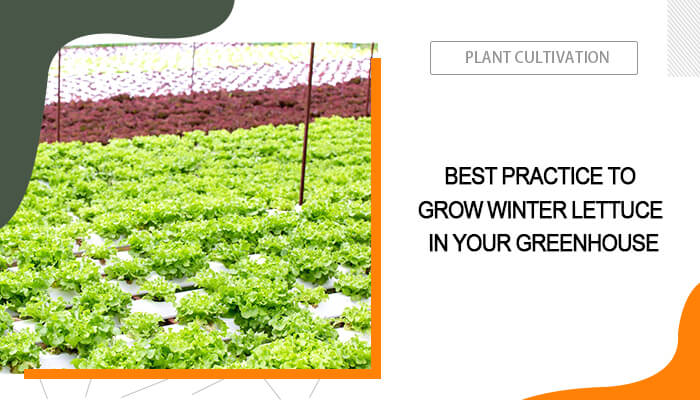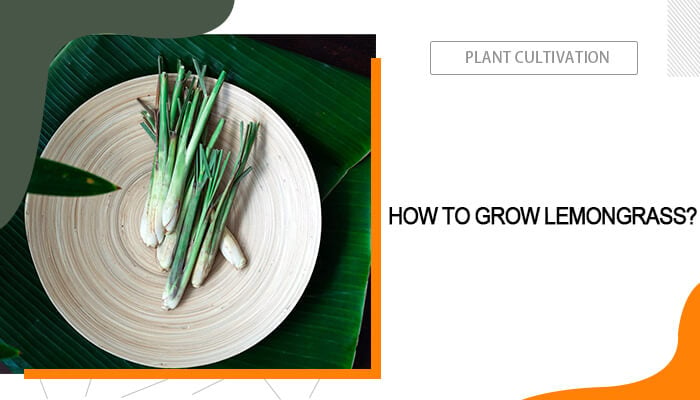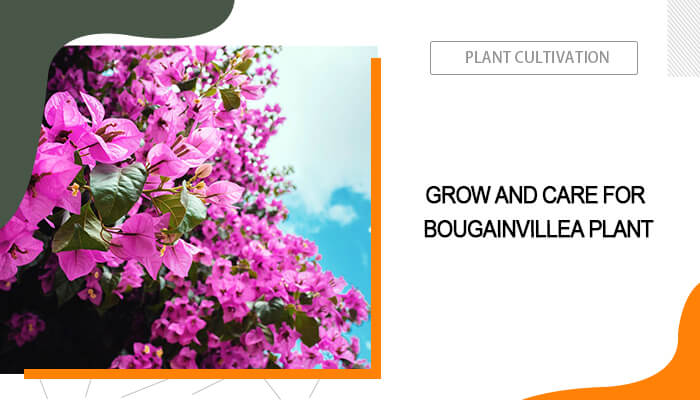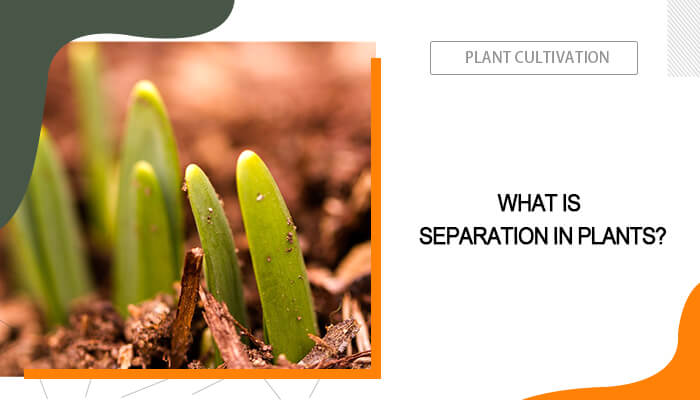Low Light Succulents Indoors that Thrive All Year Round
Succulents are a great start for indoor garden decorations. Born in dry or semi-arid regions, succulents are tough, heat-tolerant, and versatile enough to thrive in various environments. What’s more, you have tons of succulent options. Popular indoor succulents include Aloe Vera, Jade Plant, Haworthia, Snake Plant, and many more! These indoor succulents are often low-light plants and low-maintenance. In this post, we’ll explore the best succulent plants for indoors, with expert tips on how to care for succulents indoors. Stay tuned!
Table of Contents
Aloe Vera (Aloe Barbadensis Miller)
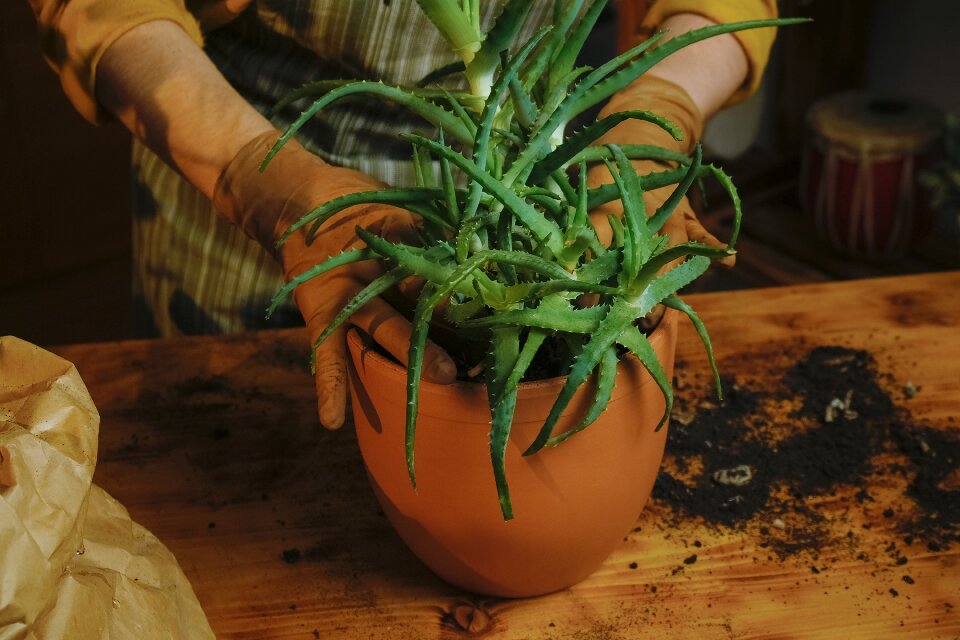
Known for its medicinal and cosmetic properties, Aloe Vera is one of the most beloved indoor succulents. It shares long, fleshy, green to grey-green leaves arranged in a rosette, with bell-shaped flowers occasionally. The leaves are spiny on the edges, and when broken, they exude a gel-like substance which is widely used for skin care purposes. Plus, Aloe Vera is pretty easy to propagate.
Regarding caring for Aloe Vera, a couple of hours of bright, indirect sunlight would be sufficient every day. Aloe Vera doesn’t appreciate frequent watering, so be sure to check the soil is completely dry before watering. With the right care, home-grown succulents can live up to 1 to 2 feet (30 to 60 cm) in height.
Snake Plant (Dracaena trifasciata) - Low Light Succulent
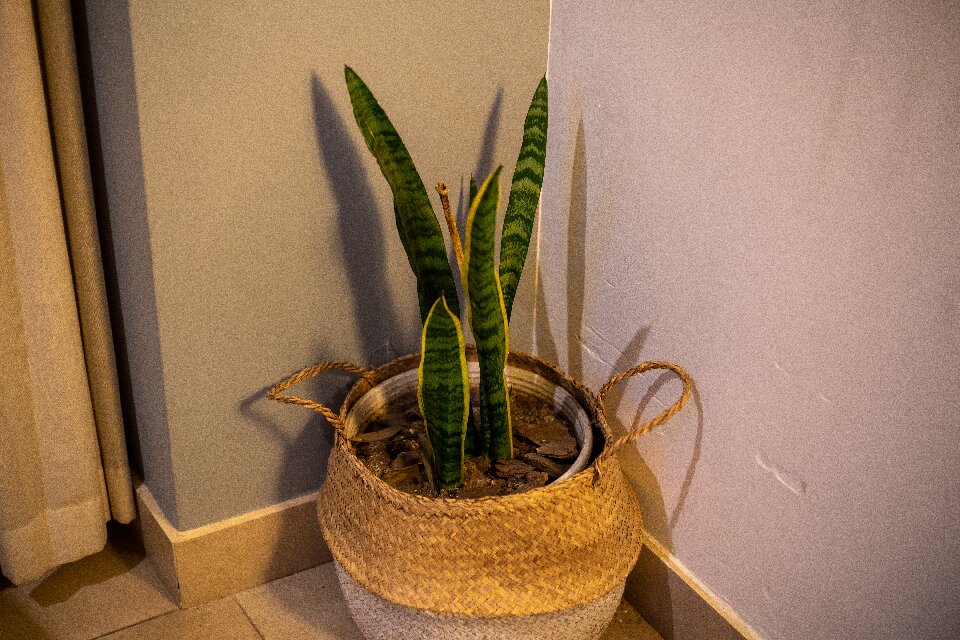
Snake Plant, also known as Mother-in-Law's Tongue, is another popular indoor succulent plant valued for its ability to purify the air and its striking appearance. The plant features long, upright leaves that are typically green with yellow or white edges. You can propagate Snake Plant from its stiff, sword-shaped leaves easily.
In terms of care, Snake Plants do not require much watering and are one of the best low-light succulents for indoors, thriving in shady spots and requiring little attention. You can even place it in offices or rooms with minimal natural sunlight. Don’t place it anywhere near the pets, though, including cats and dogs, as Snake Plant is toxic for them both.
Echeveria
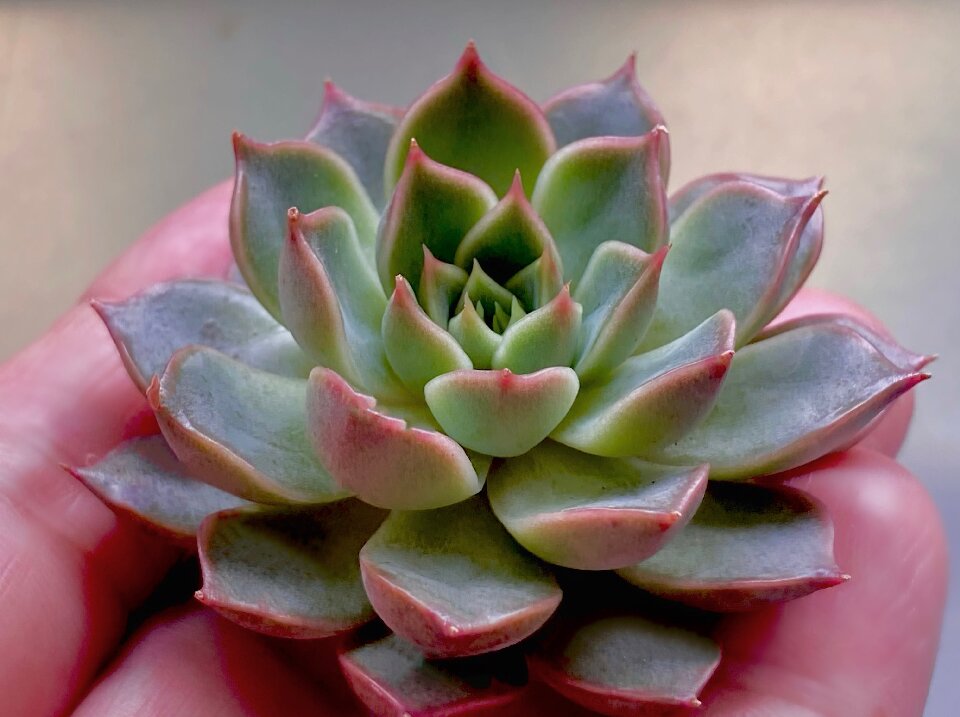
What’s on your mind when thinking about succulents? Thick, fleshy leaves, which can be smooth or slightly frosted with a waxy coating? Well, Echeveria succulents are exactly like that. They are a large family that includes a wide range of types, which differ in thickness, leaf size, and waxing.
These indoor succulents thrive in sunny spots, but they can also do well indoors with sufficient bright, indirect light and minimal watering. During winter, you might consider using low-watt grow lights to supplement lighting for Echeverias indoors.
Jade Plant (Crassula Ovata)

Jade Plants have a tree-like structure with thick, woody stems and branches. The plant's leaves are smooth and fleshy, resembling small jade coins, which gives the plant its name. When mature, this succulent may produce small, star-shaped white or pink flowers in late winter or early spring, though this is rare indoors.
Unlike the Snake Plant, Jade Plant needs a lot of light - at least six hours of bright indirect sunlight per day is beneficial for it. So sit it near windows, especially south or west-facing ones, which helps it receive enough sunlight.
However, watering the jade plant is the same as watering many of its peers. It only needs minimal water, so don’t overwater it. With the right conditions, Jade Plant is easy to care for, including propagation, and can live for many years.
Haworthia - Low Light Succulent
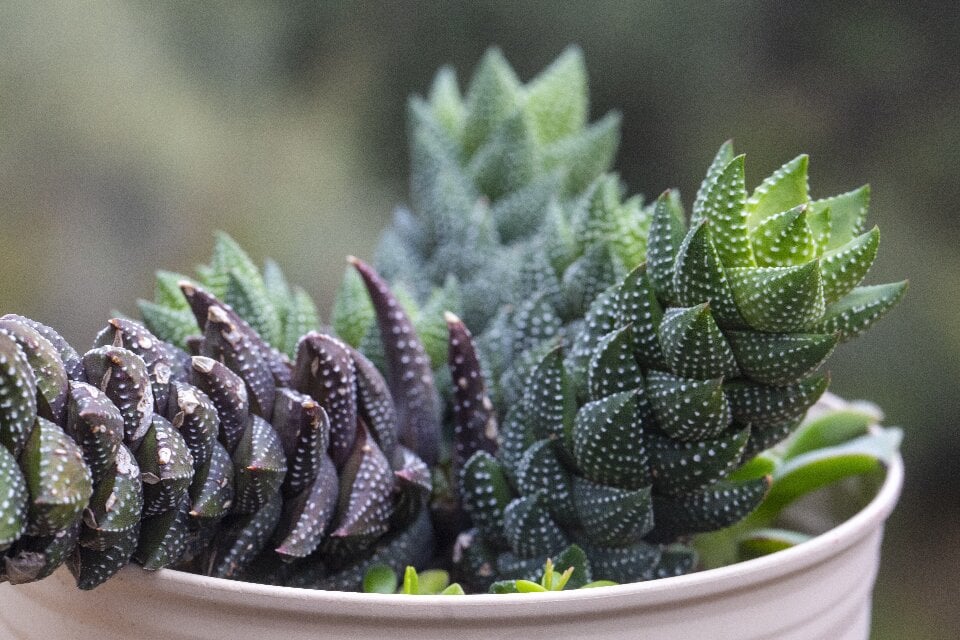
Native to Southern Africa, Haworthia is a small, low-maintenance indoor succulent that does well in multiple light conditions. Whether it’s partial sun, low-light, bright, indirect light, or even full-sun in some rare cases, Haworthia can settle in. Its unique, spiky leaves make it an attractive addition to any indoor space, and it requires minimal watering.
Haworthia is relatively easy to propagate through pup division. As the plant grows, it produces small offshoots, or pups, that can be separated and potted to create new plants. Simply remove the pup from the parent plant, ensuring it has some roots attached, and plant it in its own pot with well-draining soil.
String of Pearls
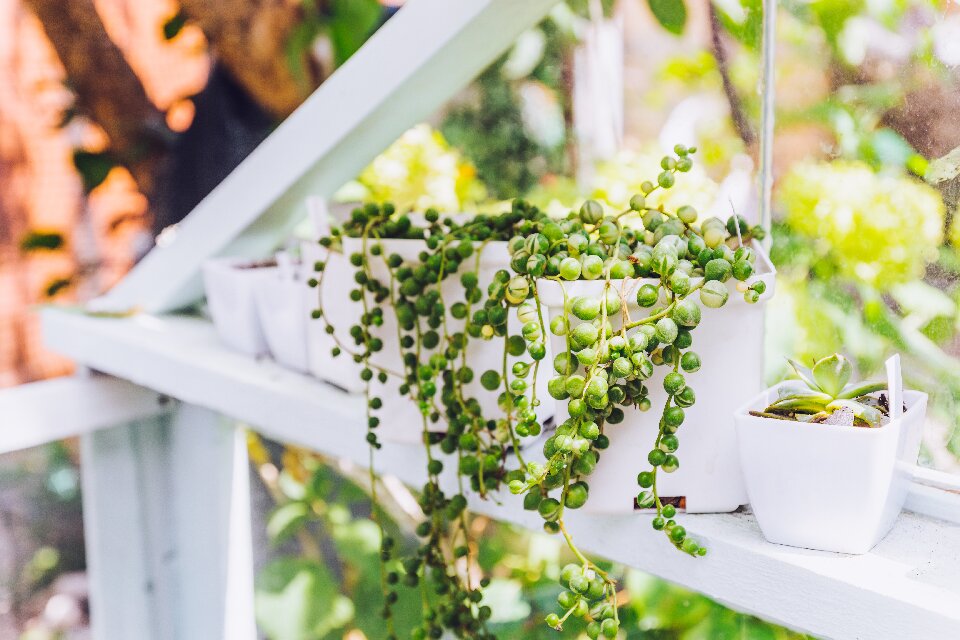
The String of Pearls features long, cascading stems that can grow up to 3 feet (90 cm) or more in length. These stems are covered with round, pea-like leaves that are green and have a glossy texture, making the plant appear like a string of tiny pearls. It’s a good idea to hang this vine plant near a south- or west-facing window where the plant will receive plenty of indirect sunlight.
The biggest issue about String of Pearls, especially when growing indoors, is that they are prone to root rot. That’s why you should be very careful with watering. One trick is to only water them when the stripes on the pearls disappear. Also, use well-draining soil and ensure the pot you use has enough drainage holes. If not, make some!
How to Propagate String of Pearls
Gasteria - Low Light Succulent
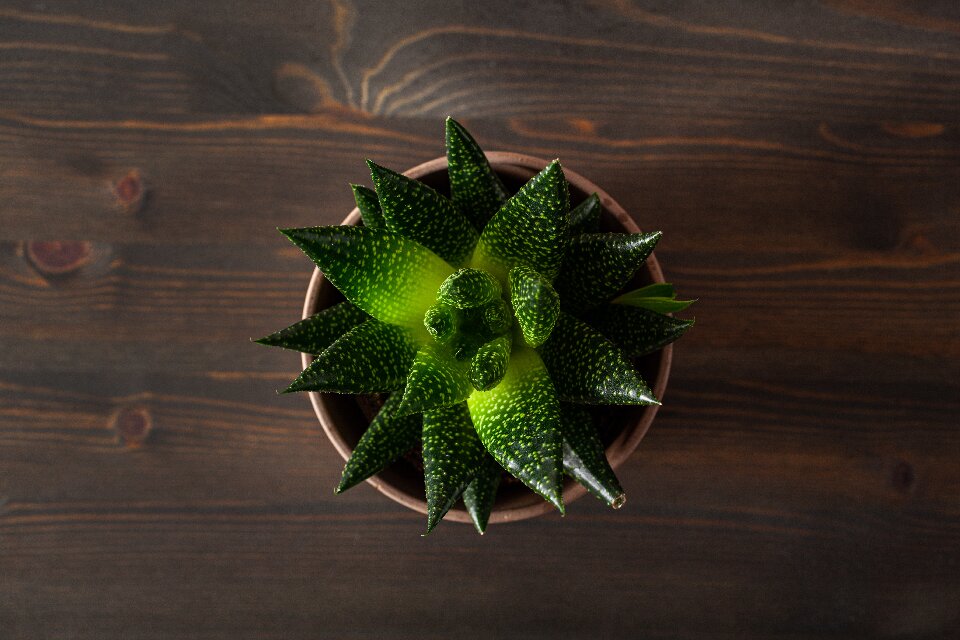
Native to South Africa, Gasteria plants are closely related to Aloe and Haworthia but are distinguished by their unique, thick, tongue-shaped leaves and distinctive patterns. Gasteria plants are compact, growing to a height of about 6 to 12 inches (15 to 30 cm), making them perfect for small spaces or containers at home.
As a low-light succulent, Gasteria fits well indoors with filtered light or in a room with plenty of indirect natural light. As with most succulents, Gasteria is drought-tolerant and should not be overwatered.
What Succulents Are Best for Indoor Growing
When we say indoor succulents, we are actually talking about the light requirement. After all, the biggest difference between indoor and outdoor growing lies in the sunlight. With this being said, the best succulent plants for indoors are those that tolerate low to moderate light, like Haworthia, Gasteria, and Snake Plants. However, if you live in a place with sufficient sunlight, other succulents such as Echeveria and Aloe Vera are also an option.
Just remember, don’t pick light-demanding succulents like sedums or sempervivum for indoor growing, unless you pair them with grow lights.


